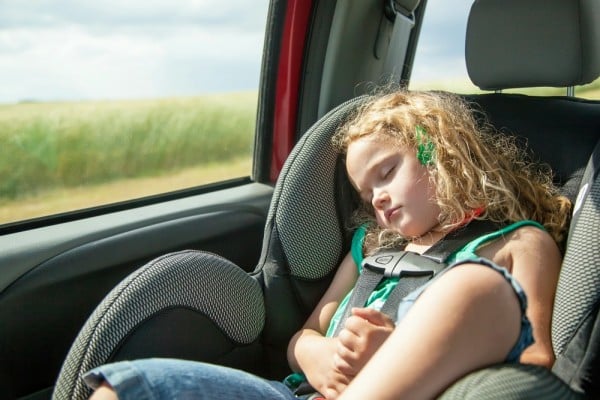
So, why aren’t we questioning them?
When you have children you have a major decision to make before you even come home from the hospital – what car seat will you buy?
Even before I’d had my first son, I tried to keep up-to-date with the latest guidelines and the Child Restraint Evaluation Program (CREP) results for each year.
Each time I checked Australian car seat safety articles, I couldn’t help but wonder why we seemed so far behind the rest of the world, particularly with rear facing child restraint laws.
It was back in 2011 when the American Academy of Paediatrics recommended children stay rear-facing until age two.
Similarly, the European Parliament released a ‘Report on European Road Safety’ in 2011 recommending children remain rear-facing until aged three. They noted “Several studies have demonstrated that rearward-facing restraints offer a higher level of safety over forward-facing restraints to children at least up to the age of four years and would have prevented many fatalities had their use been more widespread all over Europe.”
Yes, you read those dates right. This all happened back in 2011.
We are now in 2015 and Australians are only legally required to have their child rear-facing until six months of age.
Transport NSW Centre for Road Safety lists the following as the current National Child Restraint Laws
Up to 6 months - approved rear facing child seat.
6 months to 4 years - approved rear or forward facing car seats.
4 years and over - approved forward facing car seat or booster.
145cm or taller - suggested minimum height for use of adult sash seat belt.
I agree with most of these laws - except number two.
“Approved rear OR forward facing.” The use of ‘or’ leaves our laws a little ambiguous.
